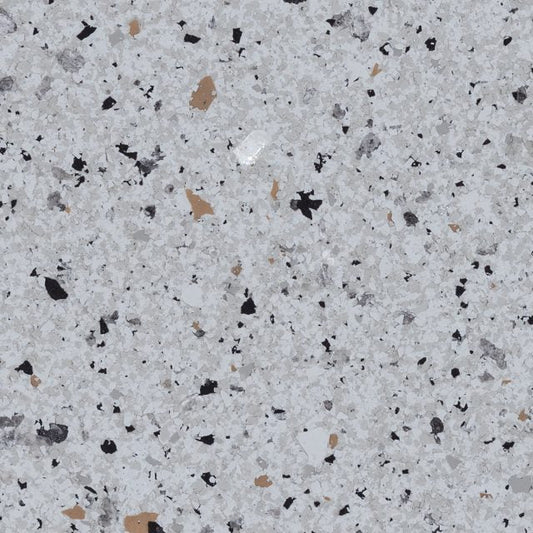Common Mistakes When Applying Concrete Sealer and How to Avoid Them
Sealing your concrete is essential to protect it from moisture, stains, and wear. However, improperly applying a concrete sealer can lead to issues that affect both appearance and performance. Whether you're sealing a driveway, patio, or flooring, avoiding these common mistakes will ensure a long-lasting and flawless finish. Below, we’ll cover some typical missteps and how to avoid them.
1. Not Cleaning the Surface Properly
One of the most common mistakes is applying a sealer to a dirty or stained surface. If there’s any dirt, oil, or debris on the concrete, the sealer will not adhere properly and may result in a cloudy or uneven finish.
How to Avoid It:
Before applying any sealer, thoroughly clean the concrete surface. Use a power washer or a degreasing cleaner to remove any stains, oil, or dirt. Let the surface dry completely before sealing, as moisture can also interfere with adhesion.
2. Applying Sealer to Wet Concrete
Sealers are designed to adhere to dry surfaces. Applying a sealer while the concrete is still wet can trap moisture beneath the sealer, leading to peeling, bubbling, or discoloration over time.
How to Avoid It:
Always allow the concrete to fully dry before sealing. Depending on the weather conditions and the type of concrete, drying times may vary, but a general rule is to wait at least 24-48 hours after washing or a fresh pour before applying sealer.
3. Using the Wrong Type of Sealer
There are different types of sealers (acrylic, epoxy, penetrating, etc.), and using the wrong type for your project can lead to poor results. For example, using an interior sealer on outdoor concrete can result in early wear and weather damage.
How to Avoid It:
Research the best sealer for your specific project. For outdoor concrete like driveways or patios, use a penetrating or water-resistant sealer that can withstand weather conditions. For indoor concrete floors, an acrylic or epoxy sealer may be more appropriate.
4. Over-Applying the Sealer
Applying too much sealer is another common mistake. This can lead to an overly glossy, slippery surface, or worse, a tacky and uneven finish. Excess sealer can also cause cracking or peeling.
How to Avoid It:
Follow the manufacturer’s instructions closely, and apply sealer in thin, even coats. Two thin coats are often better than one thick coat, as this allows for proper absorption and curing. Use a roller or sprayer to ensure even coverage without over-application.
5. Not Allowing Enough Time Between Coats
Many types of concrete sealers require multiple coats for optimal protection. However, failing to allow enough drying time between coats can cause the layers to bond poorly, leading to a weak or uneven finish.
How to Avoid It:
Be patient between coats. Refer to the product’s drying times, which can vary depending on weather conditions and humidity levels. Typically, it’s recommended to wait 4-24 hours between coats to ensure proper adhesion.
6. Sealing in Extreme Weather Conditions
Temperature and humidity play a significant role in the effectiveness of concrete sealers. Applying sealer in very hot, cold, or humid conditions can prevent the product from curing properly.
How to Avoid It:
Aim to apply sealer in mild weather conditions, ideally between 50-90°F (10-32°C). Avoid sealing in direct sunlight, as this can cause the sealer to dry too quickly, leading to bubbles or an uneven finish. Likewise, avoid applying sealer on very humid days, as the excess moisture in the air can affect curing.
7. Ignoring Reapplication Guidelines
Many people apply a sealer once and forget about it. However, concrete sealers need to be reapplied periodically to maintain protection. Ignoring this can lead to worn-out sealant and increased damage to the concrete over time.
How to Avoid It:
Follow the product’s recommendations for reapplication, typically every 1-3 years, depending on the type of sealer and the level of exposure to the elements. Regular maintenance ensures your concrete remains protected and extends the sealer’s lifespan.
Properly sealing concrete is essential to maintain its durability and aesthetic appeal. By avoiding these common mistakes and following the recommended steps, you can achieve a professional-grade result. Take your time to clean, choose the right sealer, and apply it correctly—your concrete will thank you in the long run.



